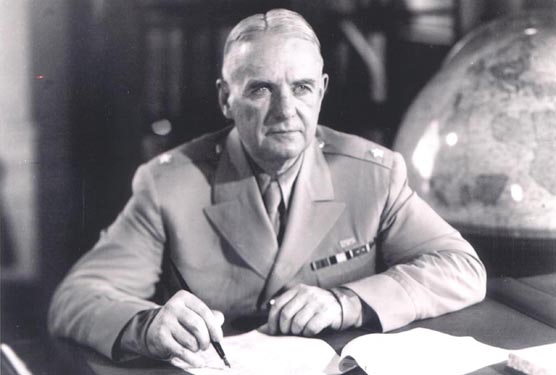Larry J. Sabato is director of the University of Virginia Center for Politics and author of “The Kennedy Half-Century.” Philip Shenon, a former Washington correspondent for the New York Times, is the author of “A Cruel and Shocking Act: The Secret History of the Kennedy Assassination.”
Later this year — unless President Trump intervenes — the American people will get access to the last of thousands of secret government files about a turning point in the nation’s history: the 1963 assassination of President John F. Kennedy.
The National Archives this week released several hundred of the documents, which come from CIA and FBI files, and of course, JFK researchers are scrambling to see whether they contain any new clues about the president’s murder. But many more documents remain under seal, awaiting release by this October, the 25-year deadline set by the 1992 Kennedy Assassination Records Collection Act.
The law gives only one person — the president — the ability to stop the release from happening. He can act only if he certifies in writing that the documents would somehow endanger national security.
The 1992 law has already brought some welcome transparency. It resulted in the release of millions of pages of documents regarding the assassination, including the 441 files from the CIA and FBI made public Monday. But about 3,150 other documents remain totally under seal, along with tens of thousands of pages that have been only partially unsealed because intelligence and law-enforcement agencies opposed their release in the 1990s.
Those are the documents that Trump could try to keep secret. And sadly, he appears to be under pressure to do so. Both of us have written books about the assassination and have a keen interest in what the president decides. Congressional and other government officials have warned us in confidence in recent weeks that at least two federal agencies will make formal appeals to the White House to block the release of some of the files.
Which agencies? Which files? The officials would not say, but it is already known that the CIA, the FBI and the Justice Department prepared most of the still-secret documents. If they’re the agencies objecting, is the president prepared to overrule them in the name of openness?
When it comes to JFK’s murder, what secret can be worth keeping nearly 54 years after those shots rang out in Dealey Plaza? In the 1990s, intelligence agencies might have been able to argue legitimately that some documents needed to stay under seal because they revealed the identity of American spies and law-enforcement informants who were still living and could be in danger if their cover were blown.
But decades later, logic suggests that almost all those people are now dead; if a handful are still alive, provisions can be made to protect them, if necessary. What lingers today is the widely held belief among Americans that the truth about a landmark moment in the nation’s history is still being hidden.
Almost as soon as the Warren Commission issued its September 1964 findings that Lee Harvey Oswald killed Kennedy and there was no evidence of a conspiracy, it became apparent that the investigation led by Chief Justice Earl Warren was seriously flawed. In large part, this was because the CIA, the FBI and other agencies had withheld evidence from the commission and its investigative staff, apparently to cover up their own bungling before the assassination.
The evidence did not necessarily point to a conspiracy in Kennedy’s death — at least not the sort of dark, tangled plot imagined by many theorists. But the commission should have dug more deeply into Oswald’s mysterious six-day trip to Mexico City two months before the assassination, when he met with high-level Soviet and Cuban embassy personnel. While 21st-century forensic science demonstrates that Oswald was almost certainly the lone gunman in Dallas, it’s possible that people at home or abroad knew he was plotting to kill Kennedy and might have encouraged him — by definition, possible co-conspirators. Or at a minimum, they did not try to stop Oswald.
By the late 1960s, opinion polls showed that, largely due to the Warren Commission’s shortcomings, most Americans had rejected the official story. What happened in the decades since is both understandable and toxic. Much of the public came to assume that if their government would not tell the truth about the murder of the president, it could not be expected to be honest about anything else — for example, human-caused climate change or the safety of childhood vaccines.
Trump, no stranger to promoting conspiracy theories, has a chance to show that he is committed to resolving some of the biggest conspiracy theories in American politics. We hope he welcomes the opportunity. If the documents in the National Archives are released in full, the president will receive credit for having struck a blow for transparency and, at least on this issue, attempting to show that the government no longer has anything to hide.
VISIT THE WASHINGTON POST



 The National Archives and Records Administration is releasing documents previously withheld in accordance with the JFK Assassination Records Collection Act. The vast majority of the Collection (88%) has been open in full and released to the public since the late 1990s. The records at issue are documents previously identified as assassination records, but withheld in full or withheld in part.
The National Archives and Records Administration is releasing documents previously withheld in accordance with the JFK Assassination Records Collection Act. The vast majority of the Collection (88%) has been open in full and released to the public since the late 1990s. The records at issue are documents previously identified as assassination records, but withheld in full or withheld in part. 
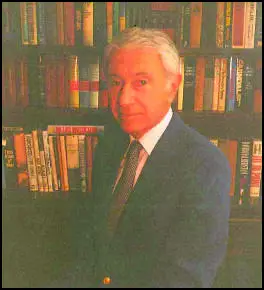




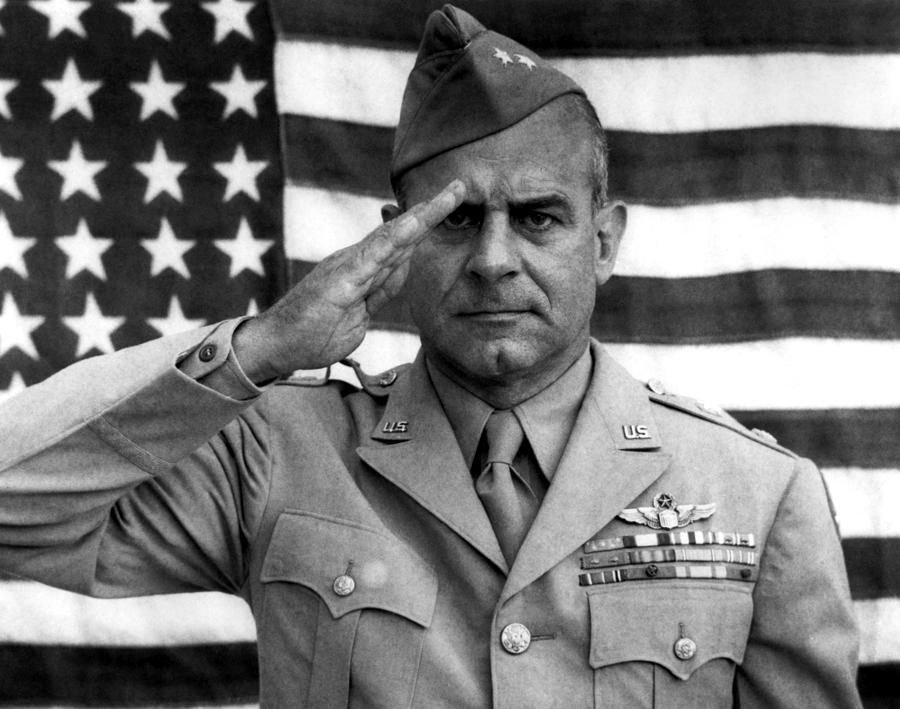
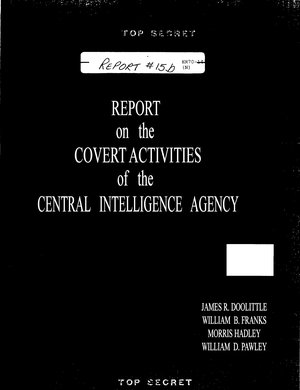 The AARC is currently seeking the full and unredacted release of the following report which helped to establish the foundation for subsequent abuses of power and intervention through often illegal covert actions by U.S. intelligence agencies throughout the Cold War and beyond. This official report opened the door for “hitherto acceptable norms of human conduct…” such as not engaging in political assassinations, to be accepted as no longer applicable to the United States of America in its opposition to international communism.
The AARC is currently seeking the full and unredacted release of the following report which helped to establish the foundation for subsequent abuses of power and intervention through often illegal covert actions by U.S. intelligence agencies throughout the Cold War and beyond. This official report opened the door for “hitherto acceptable norms of human conduct…” such as not engaging in political assassinations, to be accepted as no longer applicable to the United States of America in its opposition to international communism.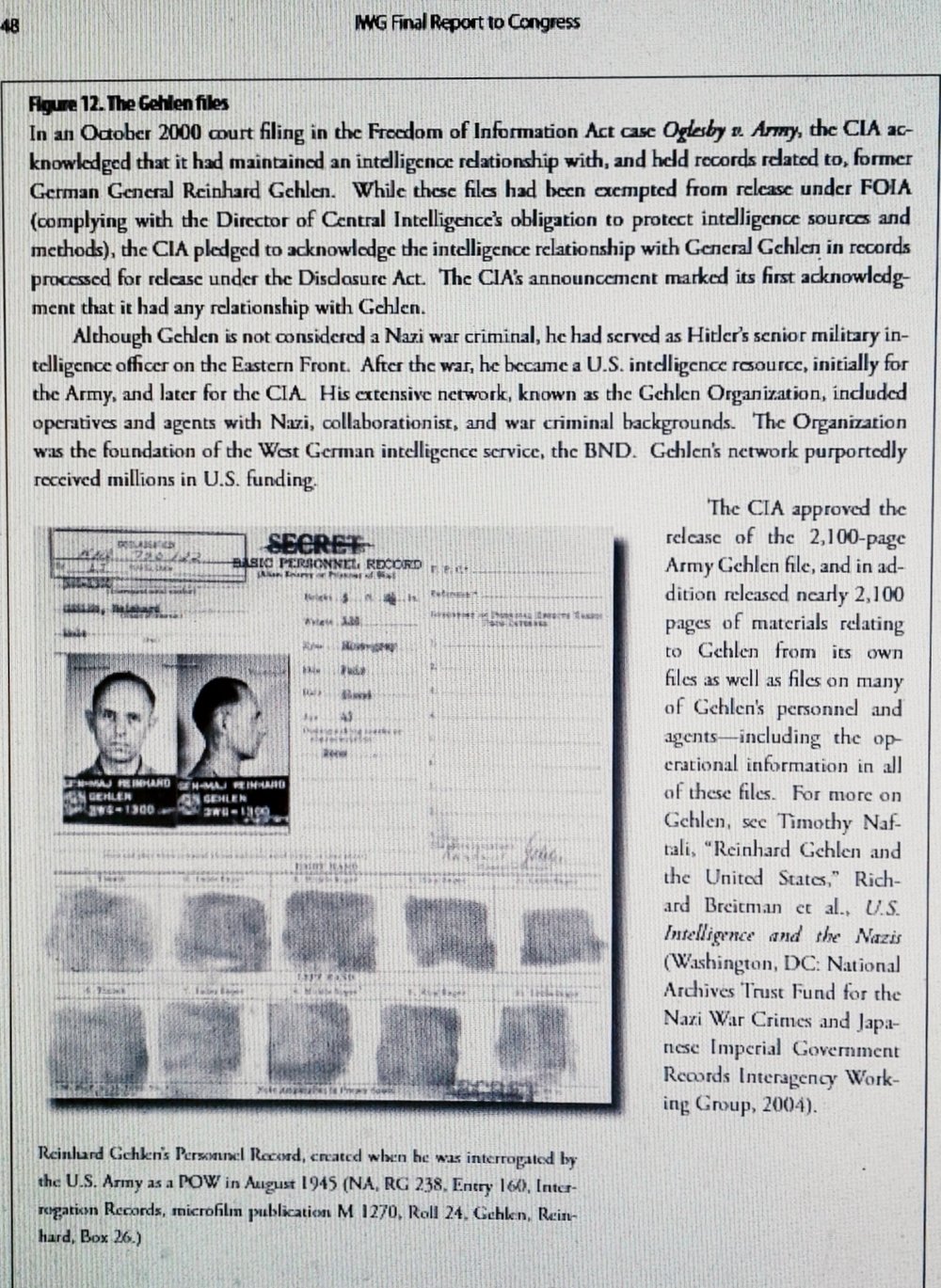
 This final element of the Odessa was the so-called Gehlen Organization (the Org), the Nazi intelligence system that sold itself to the U.S. at the end of the war. It was by far the most audacious, most critical, and most essential part of the entire Odessa undertaking. The literature on the Odessa and that on the Gehlen Organization, however, are two different things. No writer in the field Of Nazi studies has yet explicitly associated the two, despite the fact that General Reinhard Gehlen was tied politically as well as personally with Skorzeny and Schacht. Moreover, Gehlen’s fabled post-war organization was in large part staffed by SS Nazis who are positively identified with the Odessa, men such as the infamous Franz Alfred Six and Emil Augsburg of the Wannsee Institute. An even more compelling reason for associating Gehlen with the Odessa is that, without his organization as a screen, the various Odessa projects would have been directly exposed to American intelligence. If the Counter Intelligence Corps (CIC) and the Office of Strategic Services (OSS) had not been neutralized by the Gehlen ploy, the Odessa’s great escape scheme would have been discovered and broken up.
This final element of the Odessa was the so-called Gehlen Organization (the Org), the Nazi intelligence system that sold itself to the U.S. at the end of the war. It was by far the most audacious, most critical, and most essential part of the entire Odessa undertaking. The literature on the Odessa and that on the Gehlen Organization, however, are two different things. No writer in the field Of Nazi studies has yet explicitly associated the two, despite the fact that General Reinhard Gehlen was tied politically as well as personally with Skorzeny and Schacht. Moreover, Gehlen’s fabled post-war organization was in large part staffed by SS Nazis who are positively identified with the Odessa, men such as the infamous Franz Alfred Six and Emil Augsburg of the Wannsee Institute. An even more compelling reason for associating Gehlen with the Odessa is that, without his organization as a screen, the various Odessa projects would have been directly exposed to American intelligence. If the Counter Intelligence Corps (CIC) and the Office of Strategic Services (OSS) had not been neutralized by the Gehlen ploy, the Odessa’s great escape scheme would have been discovered and broken up.